
Just like humans, strange environments, loud noises, or specific situations can be major causes of stress for your fur friend. But just know, as their pet parent, there are a range of ways to destress your dog.
The world is a busy place and while you won't always be able to avoid all stressors or certain environments, you can introduce a number of tricks to help lower their stress levels. For example, some dogs may find comfort in the longest-lasting dog chews as a means of distraction. One of the best dog puzzles can help melt away their troubles by keeping their brain focused on the task at hand.
A lot of canine communication consists of movement (like tail-wagging) and sounds (such as whining, barking, or growling). So in a bid to lower stress levels, it's also a good idea to learn how to read your dog's body language — so you’ll always know what your canine companion is thinking and feeling.
To help you discover how to destress your dog and calm your fur friend down, we've compiled a list of the top ways to lower your four-legged friend's stress levels. From simple tweaks such as spending some more quality time to investing in one of the best calming dog beds to help your pup relax — here's how to help destress a dog.
32 ways to destress your dog
1. Have a predictable routine
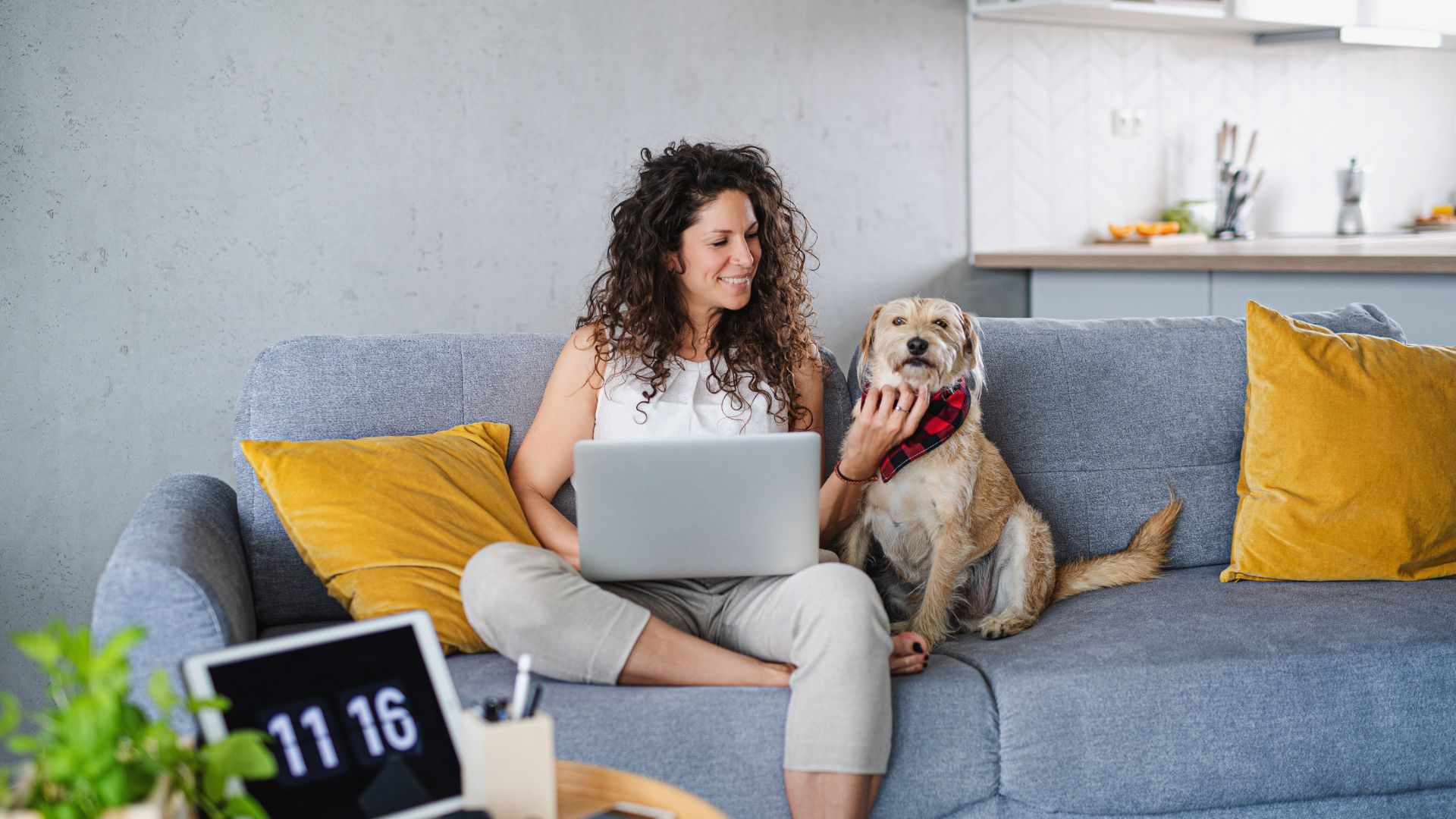
Whether it's going for a walk at the same time every day or waking up at the same hour, dogs thrive when they've got a good routine and structure. That's because having a structured routine takes any unexpected elements out of their day (which may cause them stress). So, whether your pet has been part of the family for years, or you’ve just brought home a new set of paws, make their day-to-day schedule stress-free by designing a routine and sticking to it.
2. Commit to a quality diet
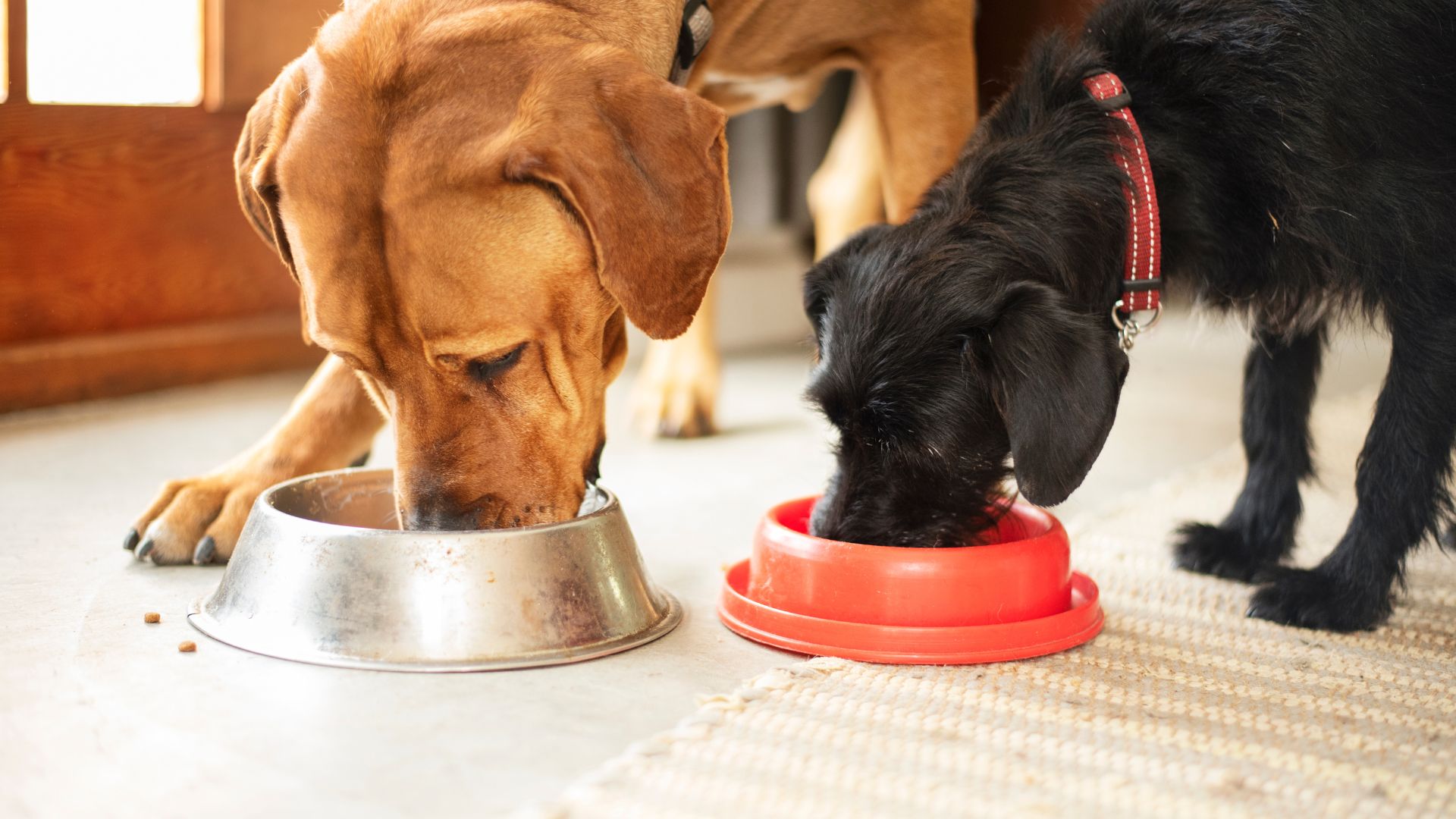
The stomach is called the ‘second brain’ for a reason! Most of our fur friend’s serotonin (a feel-good hormone that helps regulate mood) comes from the stomach. So a healthy gut and microbiome is vital for any dog’s overall wellbeing — but it’s especially the case for those who are struggling with stress. If your cute companion is having regular bouts of diarrhea, sickness, or skin allergies, consider introducing the best dry dog foods or best wet dog foods which are stripped of artificial additives, preservatives, and fillers.
3. Help them get plenty of exercise
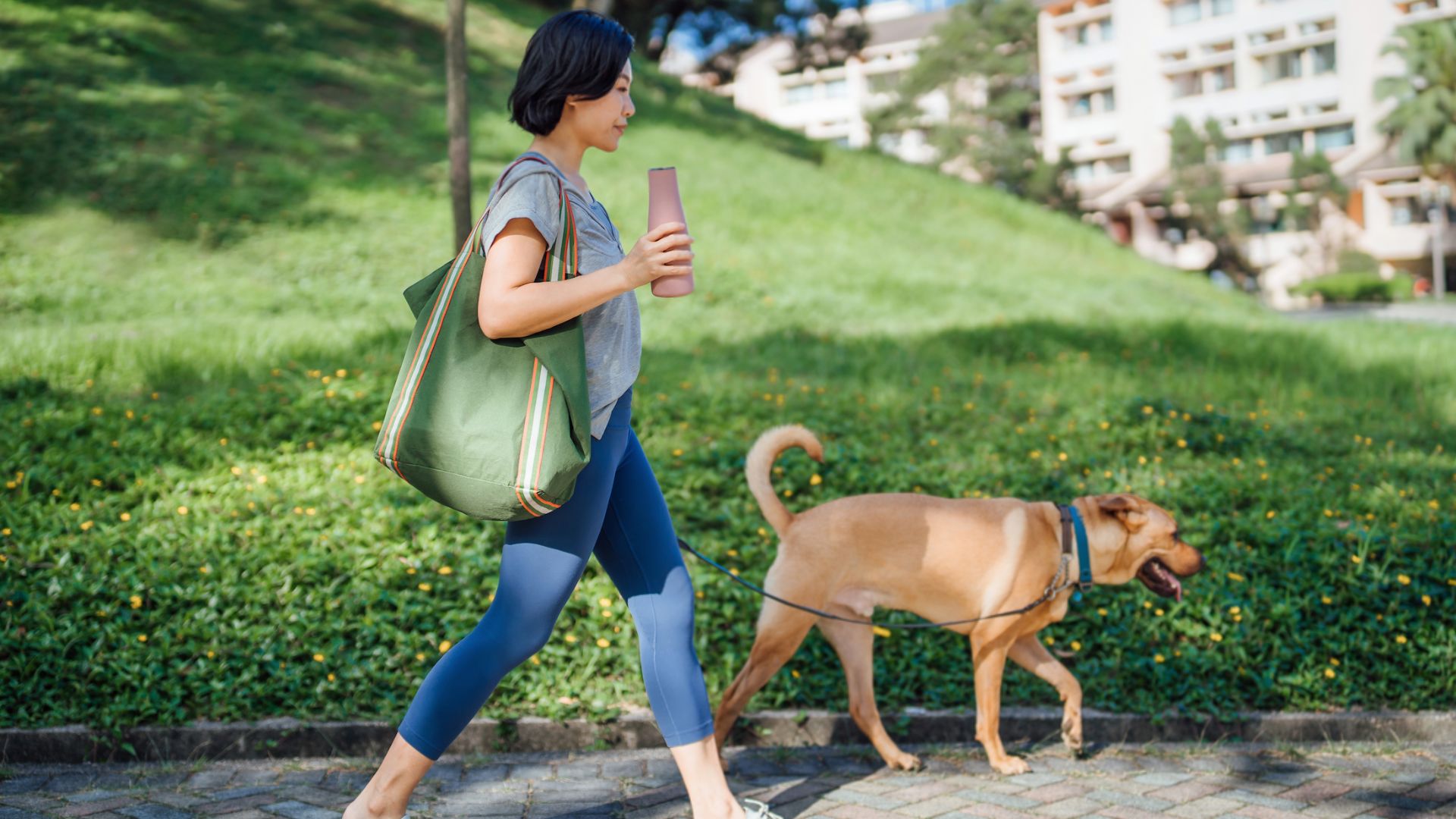
How much exercise do dogs need? Good question! Of course, your dog's age, breed, and whether or not they’re in good health will influence how much exercise they need. For example, high-energy dog breeds are going to need a lot more physical activity than their couch potato counterparts. But regardless of their age and stage, exercise will help to drain some of your dog’s energy which they might otherwise put into stressing about things out of their control.
4. Try stimulating them mentally
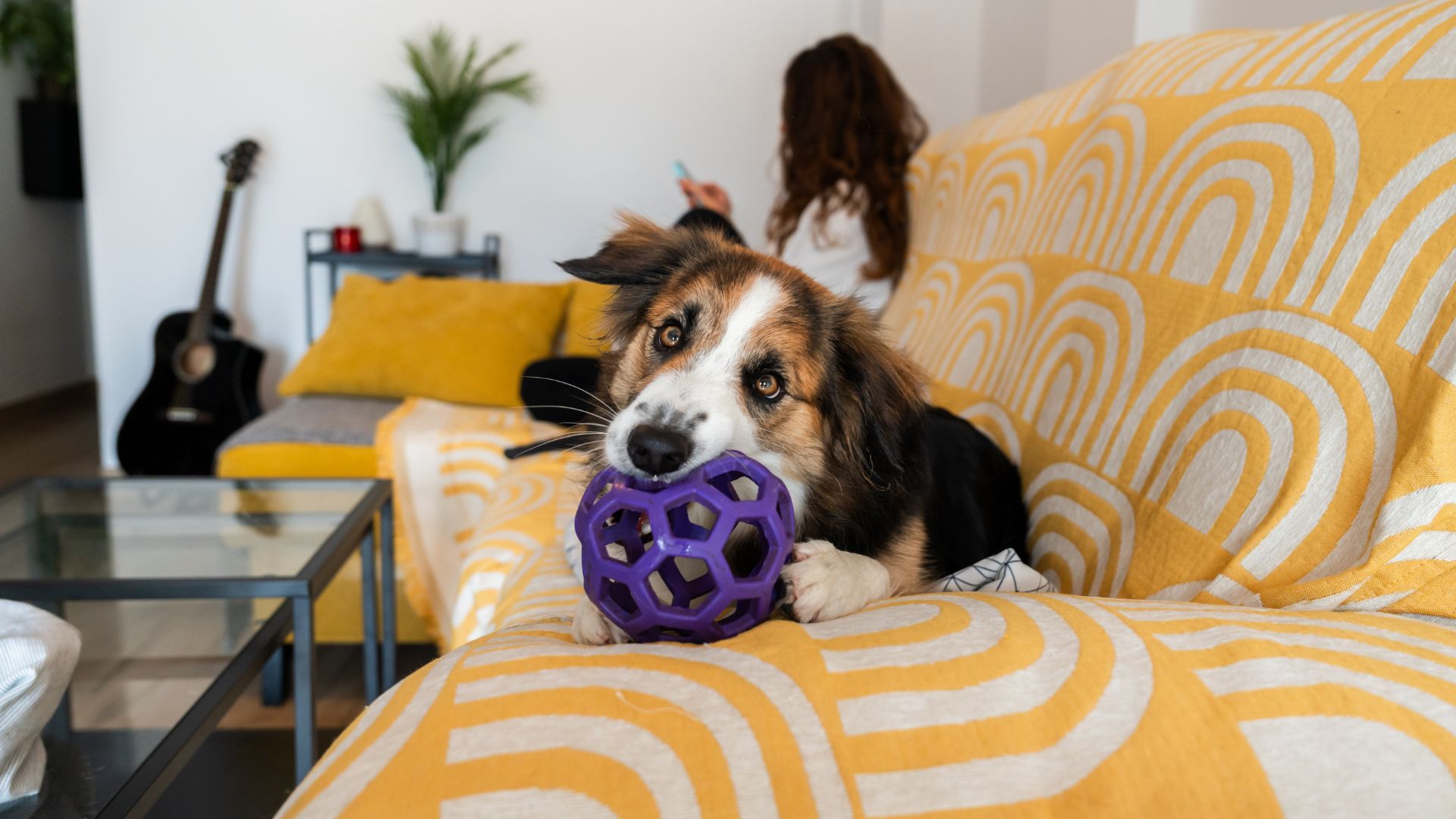
It’s true, physical exercise can work wonders for de-stressing your dog. But mental stimulation is crucial for lowering your dog’s stress levels, too. So whether you engage in a game of ‘find the treats' or buy some of the best puzzle toys, these games will divert your dog's attention away from stressors and help them exude some calm.
5. Create a cozy place to rest and take a break

Where do you go when you need a rest? Bed, of course. When it comes to your pooch, that's where the best calming dog beds can step up to the plate and provide some comfort and safety. Crafted from plush padding and comfortable materials, calming beds are a lot like the best luxury dog beds. But instead, these calming creations are made for dogs that get easily stressed out or scared.
6. Learn your breed

You don’t want to stress out your dog any more than it already is. So get to know what makes them tick — and in turn, what makes them feel stress-free, secure, and comfortable. For example, high-energy dog breeds might thrive in fast-paced active environments. While the most popular small dog breeds may prefer a quick walk around the block, before returning home to snuggle on the couch.
7. Spend some quality time
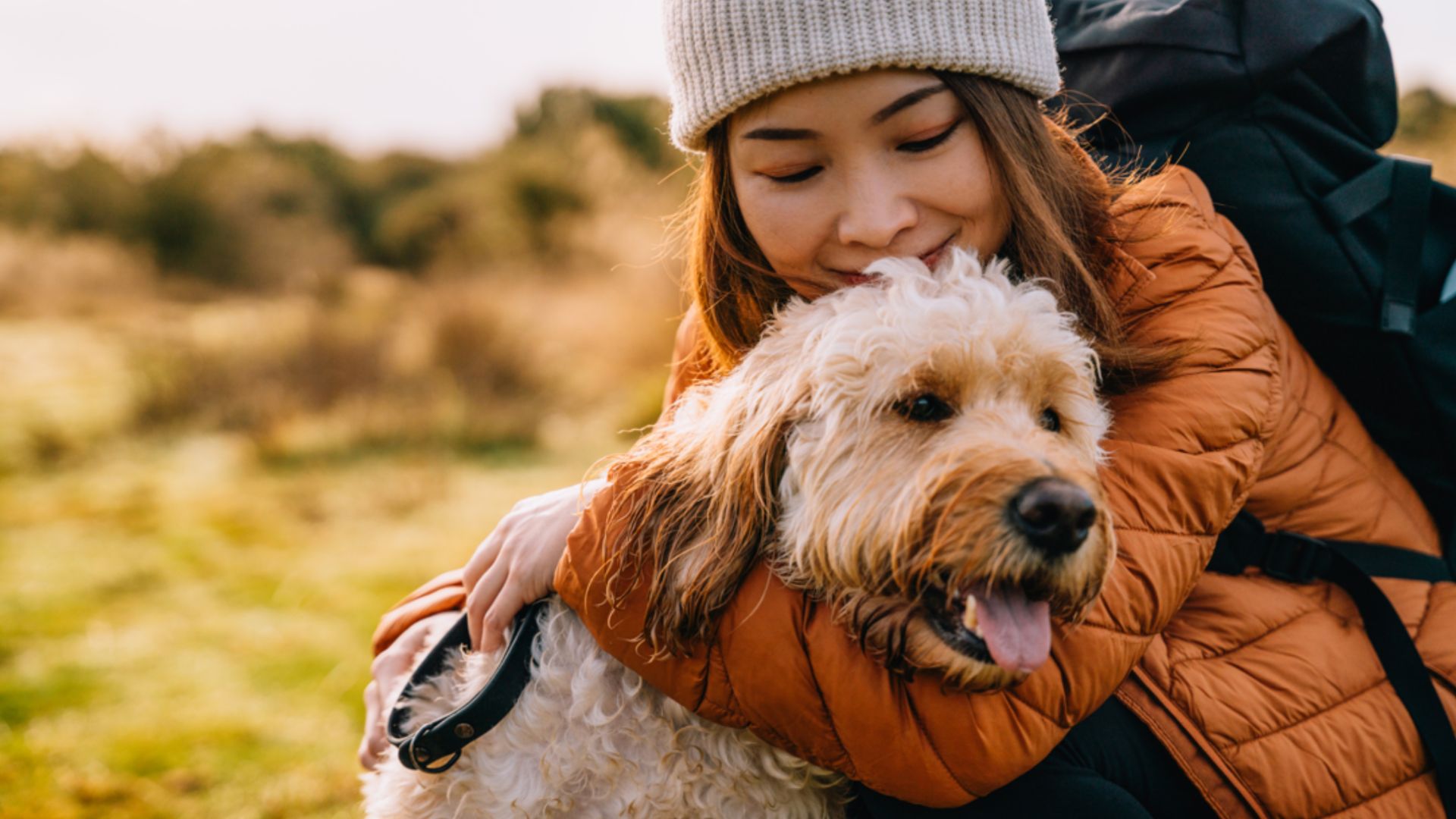
There’s a reason why dogs are referred to as man’s best friend. But achieving that best friend status takes some time. To do so, understand all the ways to improve your relationship with your dog — like spending quality time with your pooch. Doing so will foster a strong bond with your fur friend which can make them feel safe, secure, and better yet, stress-free.
8. Take note of the time they spend alone
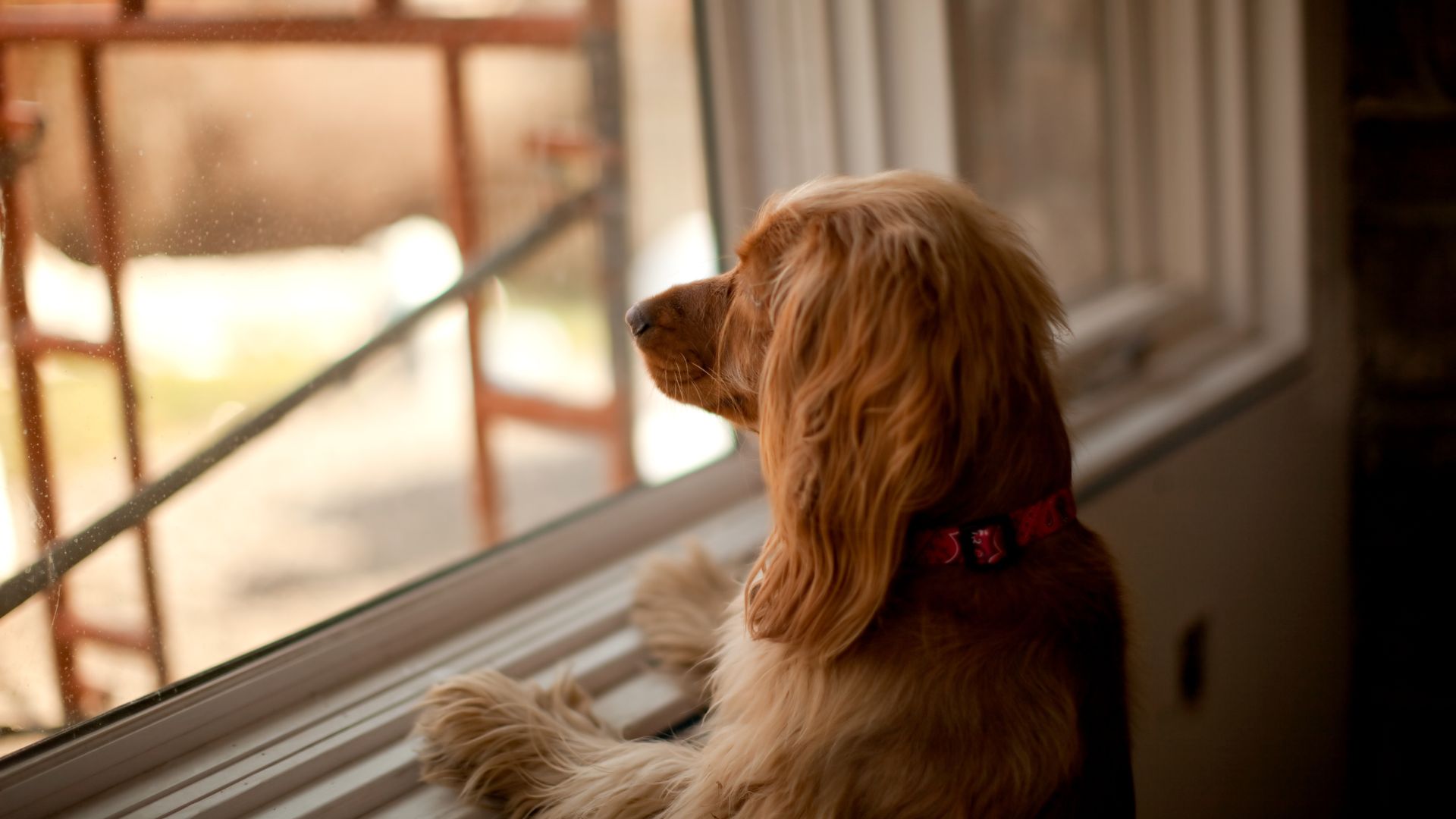
If you're a pet parent, you’ll know that you can’t always be with your dog 24/7. However, dogs are companion animals, so they thrive when they're around humans and other dogs. Leaving your dog unattended for too long can cause them behavioral issues or health problems due to stress or anxiety. So take note of the time they spend alone, and if you have to leave your home for a few hours, make the transition easier by learning how to reduce separation anxiety in dogs.
9. Allow for plenty of socialization
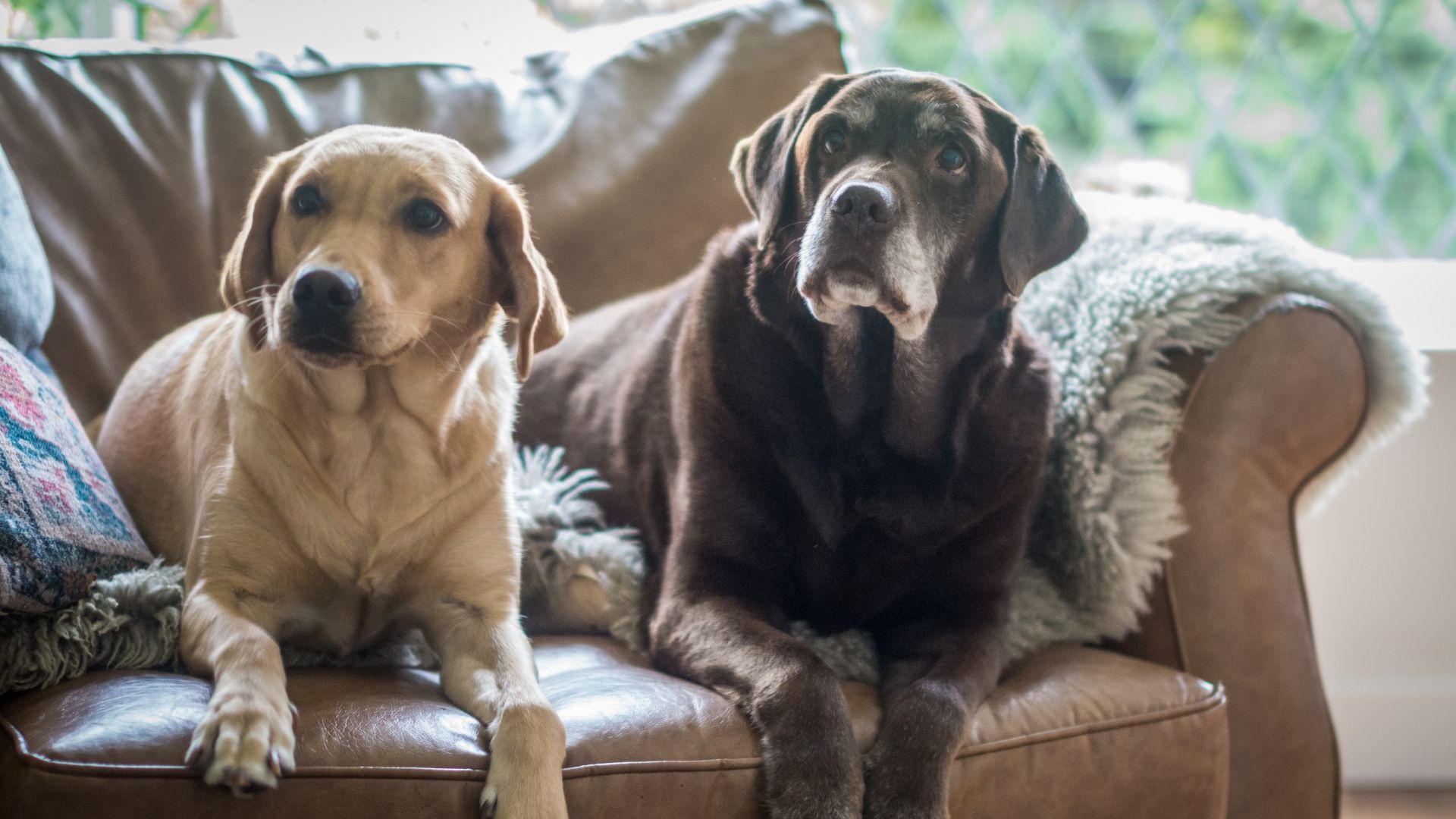
How you manage the first few weeks and months of socializing a puppy can make all the difference in how your dog interacts with the world. Contrary to popular belief, socialization is best done when your dog is a young pup. If a puppy misses early socialization, they can become fearful and anxious.
10. Keep a stable environment
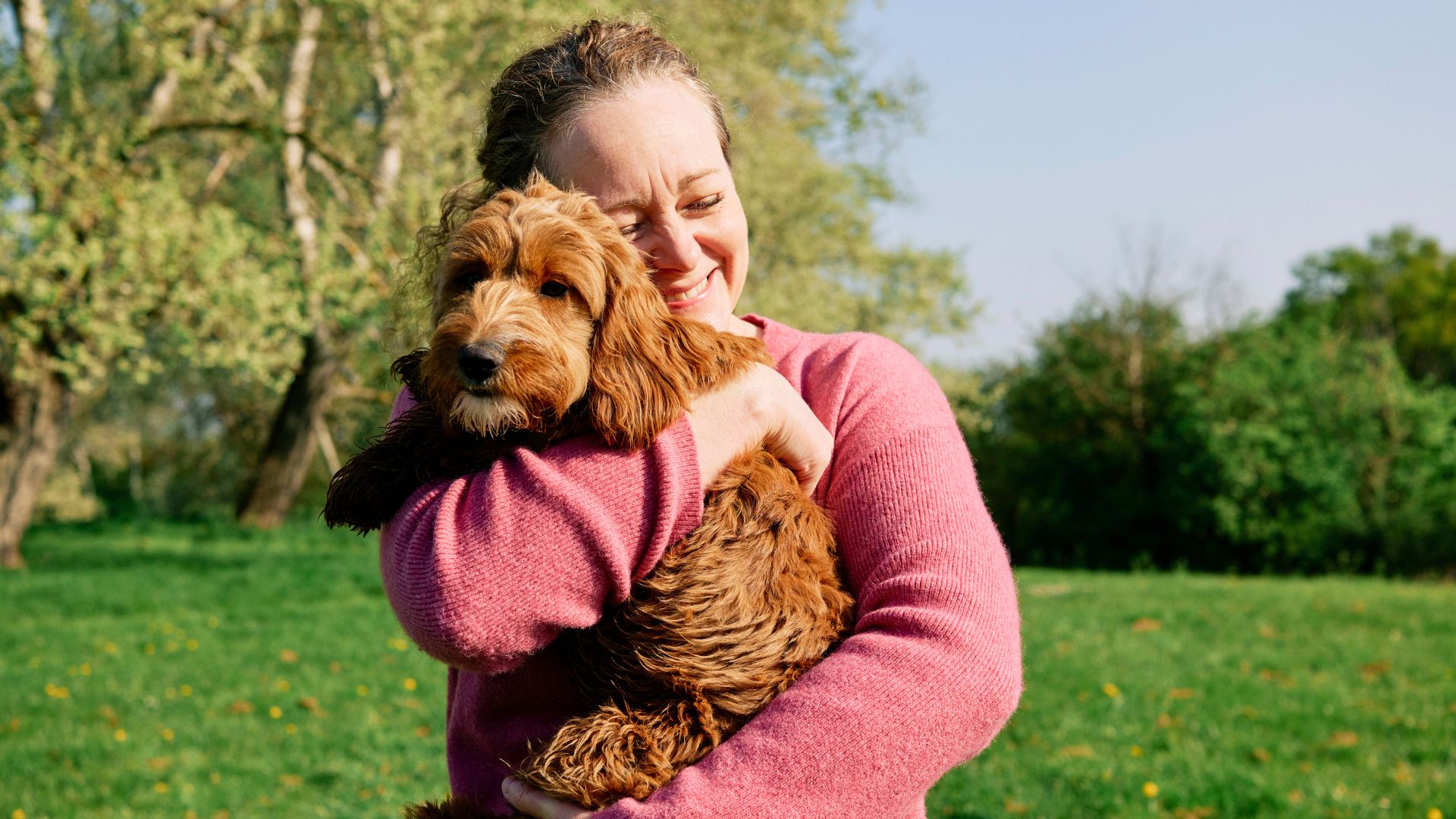
Consistency in both training and house rules is key for developing a strong, positive, and stress-free relationship between a dog and its owner. Doing so builds trust and confidence in your pet and they'll know where they stand.
11. Plan ahead for any changes
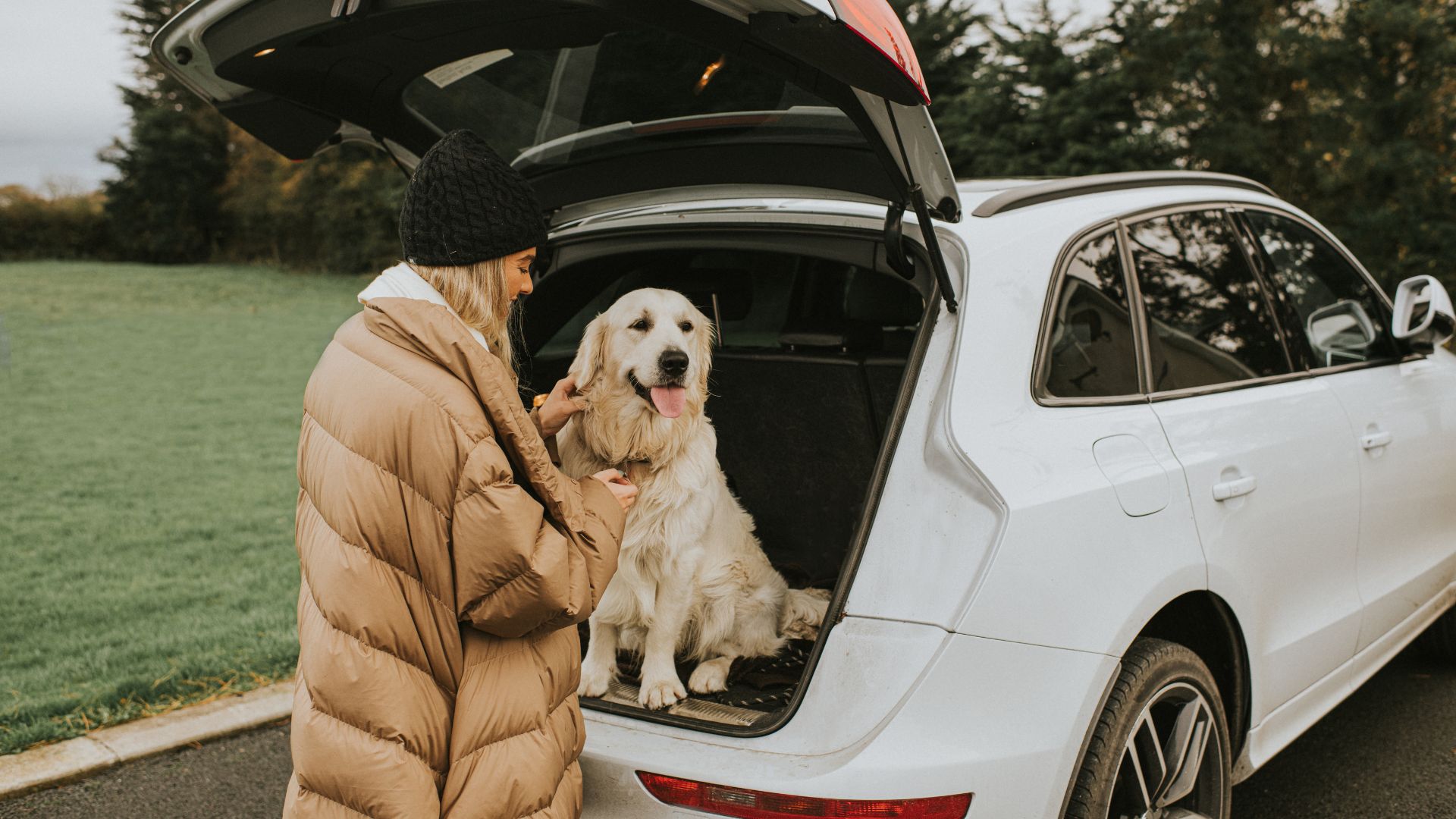
Moving home? Or are you going away on holiday with your fur friend? To reduce any potential stressors, the key is to plan ahead for any changes coming their way. For example, learning how to help your dog adjust to their new home can help them acclimatize slowly to their new environment. While taking on board some expert-approved tips for traveling with pets can make the journey less stressful for them (and you!).
12. Know how to pet a dog
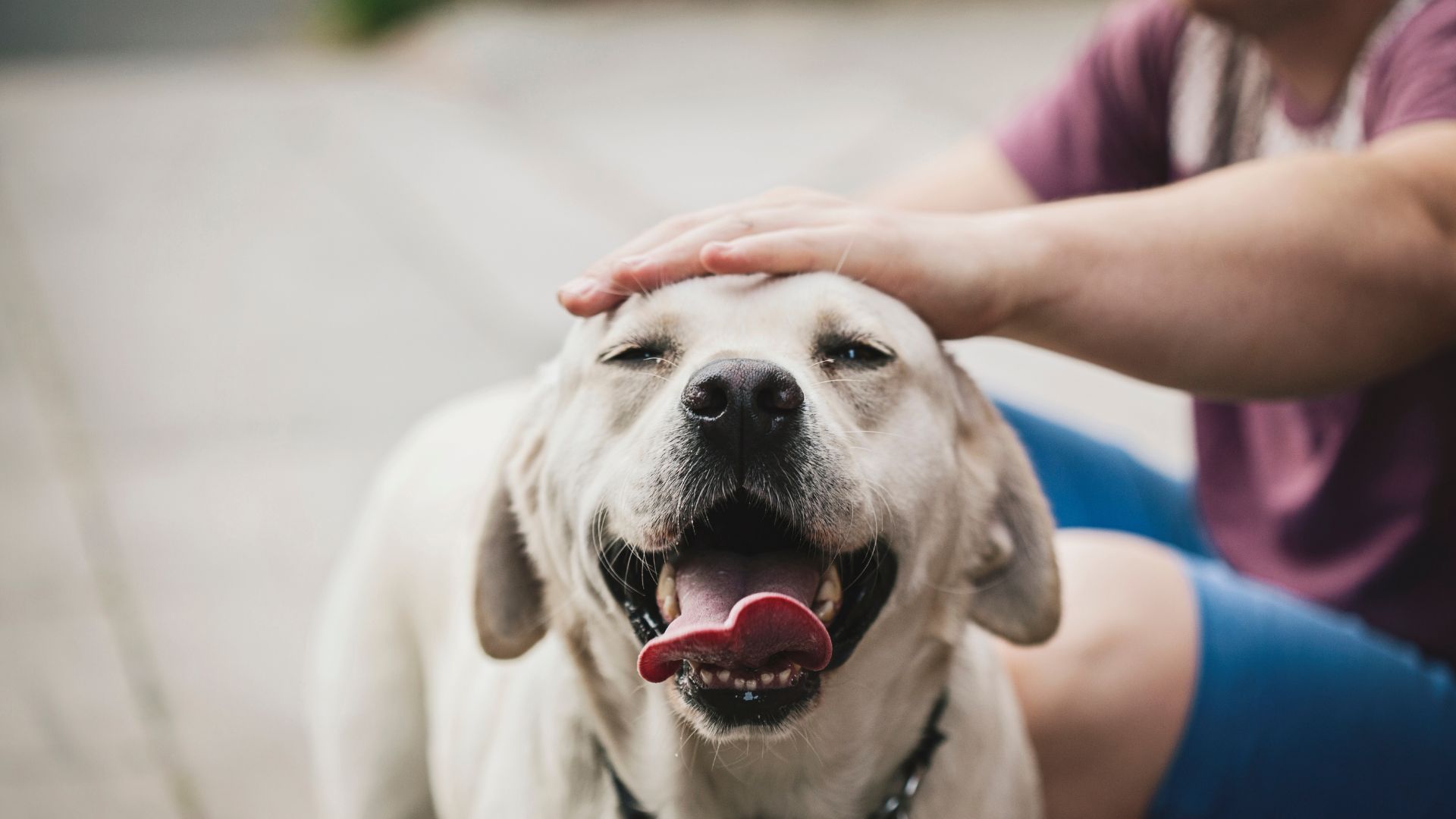
There's nothing we pet parents love more than cuddling and stroking our dogs. However, learning how to pet your canine companion is crucial when it comes to making them feel more stress-free and comfortable in your company.
13. Respect their boundaries
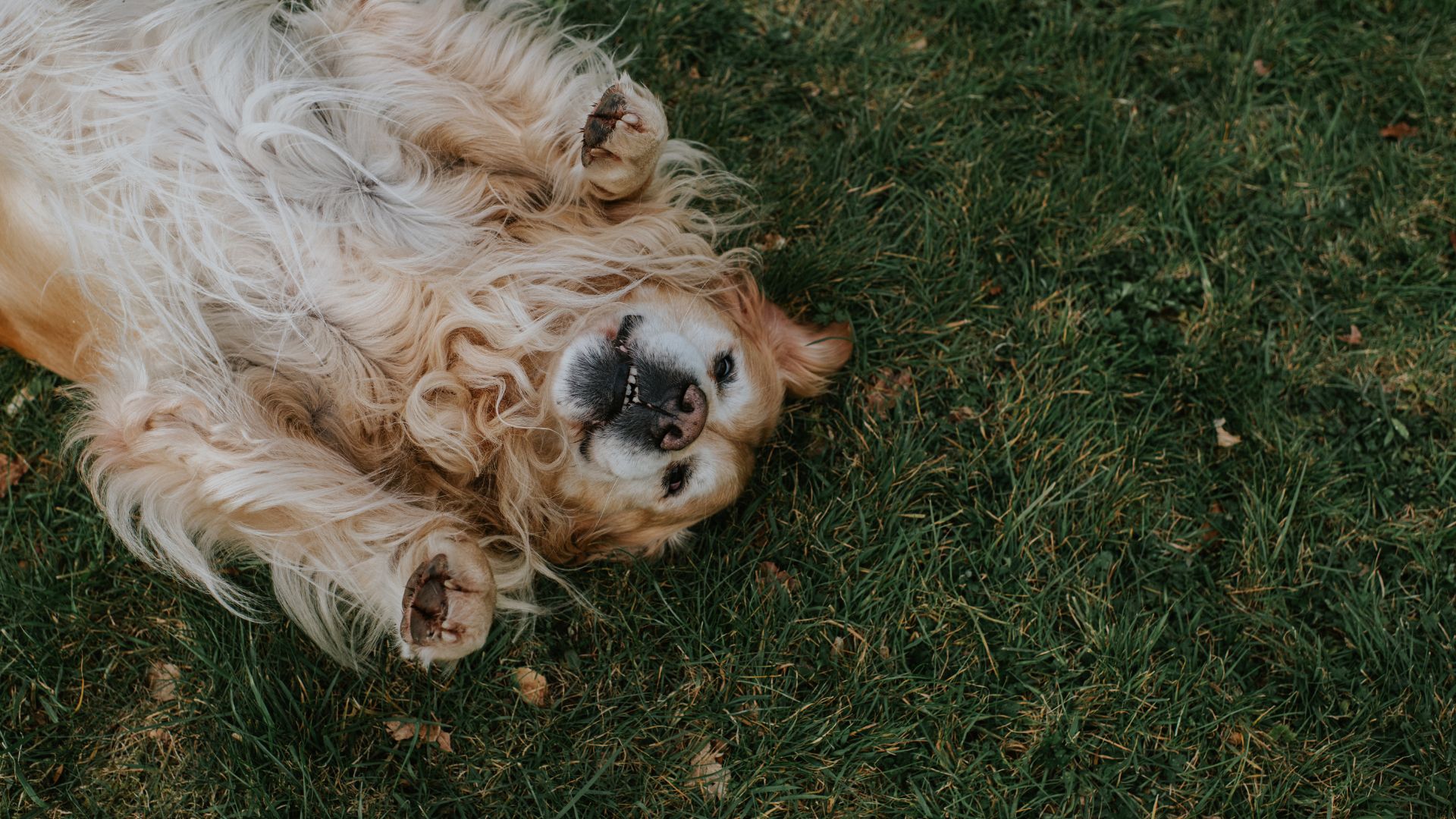
We all have boundaries — dogs included. So knowing when your dog wants to engage and when they want some time out on their own (and honoring this!) will go a long way.
The key? Give them some space and respect their boundaries. It will help create a better relationship between the both of you and avoid heightening their stress levels.
14. Discuss worries about anxieties with your vet
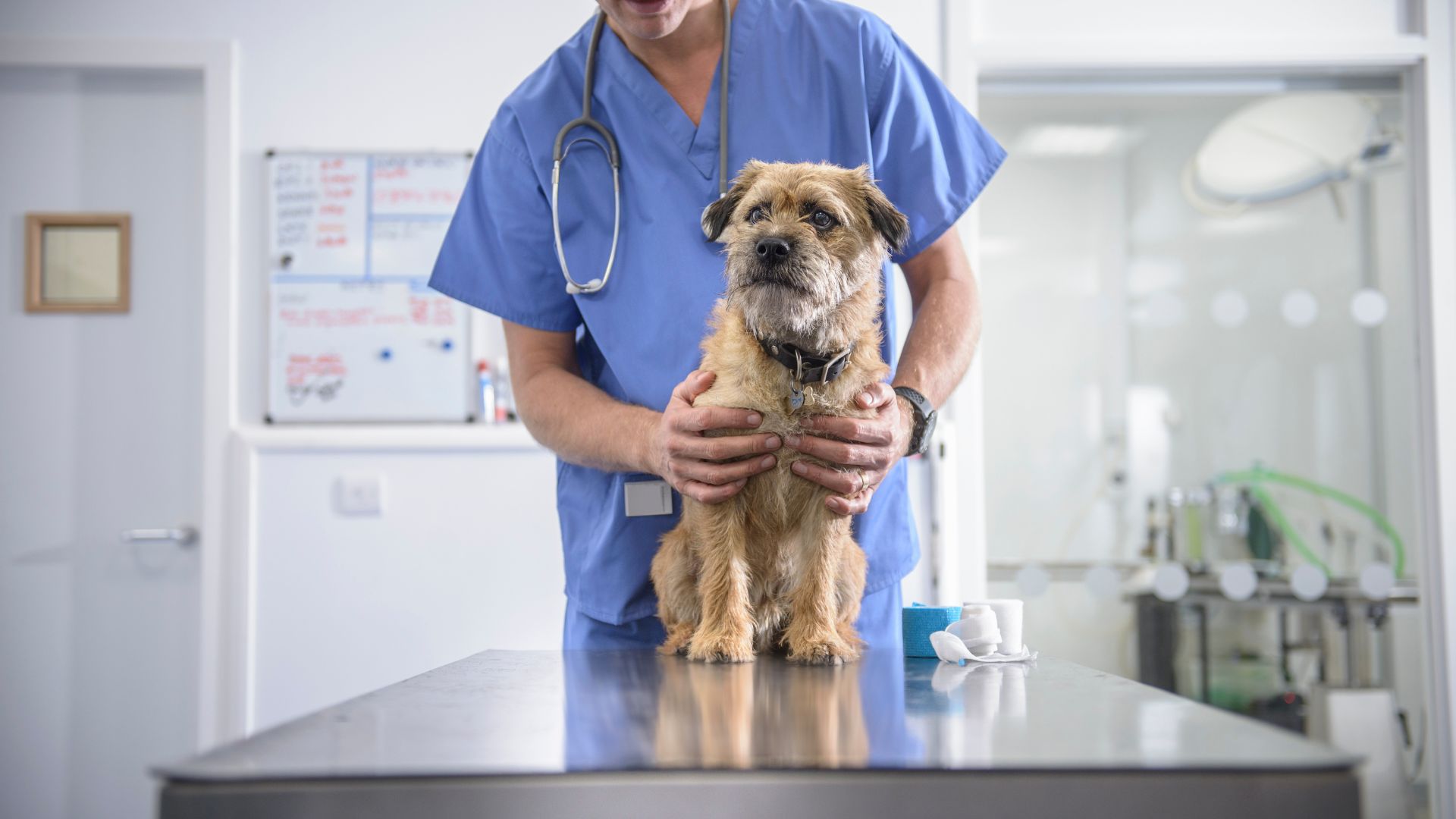
Who better to ask than those in the know? If you’ve spotted signs of anxiety in your dog, it’s worth approaching this subject with your vet so they can check over your dog and rule out any medical issues that may be causing the bouts of anxiousness.
15. Maintain their health
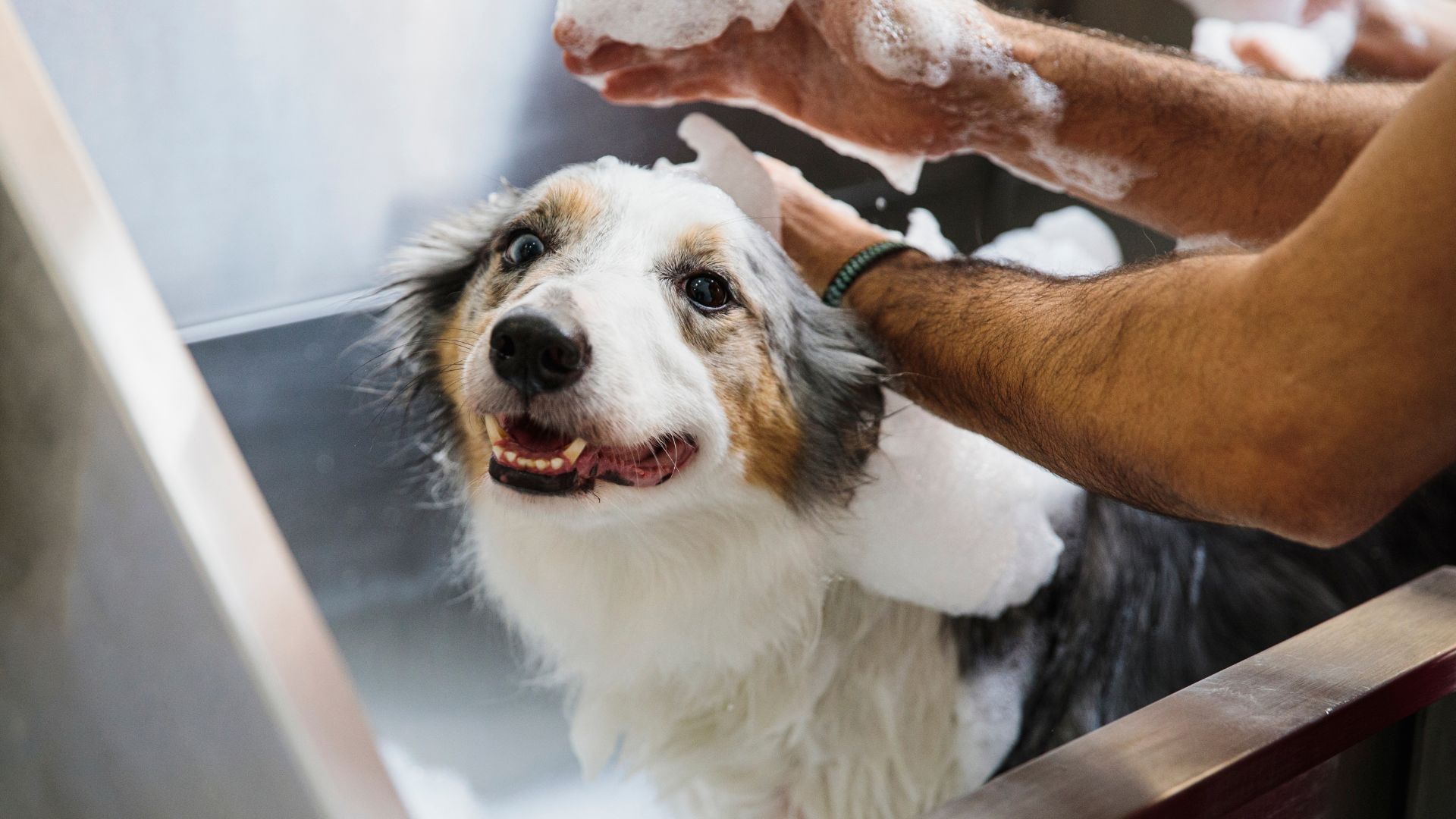
According to the Cornell University College of Veterinary Medicine, illness anxiety can be one of the main causes of stress for dogs. So along with learning how to groom a dog and take care of their coat, it’s worth booking in for regular checkups with your vet to ensure they are in optimal health. A happy and healthy them equals a happy you!
16. Start training early
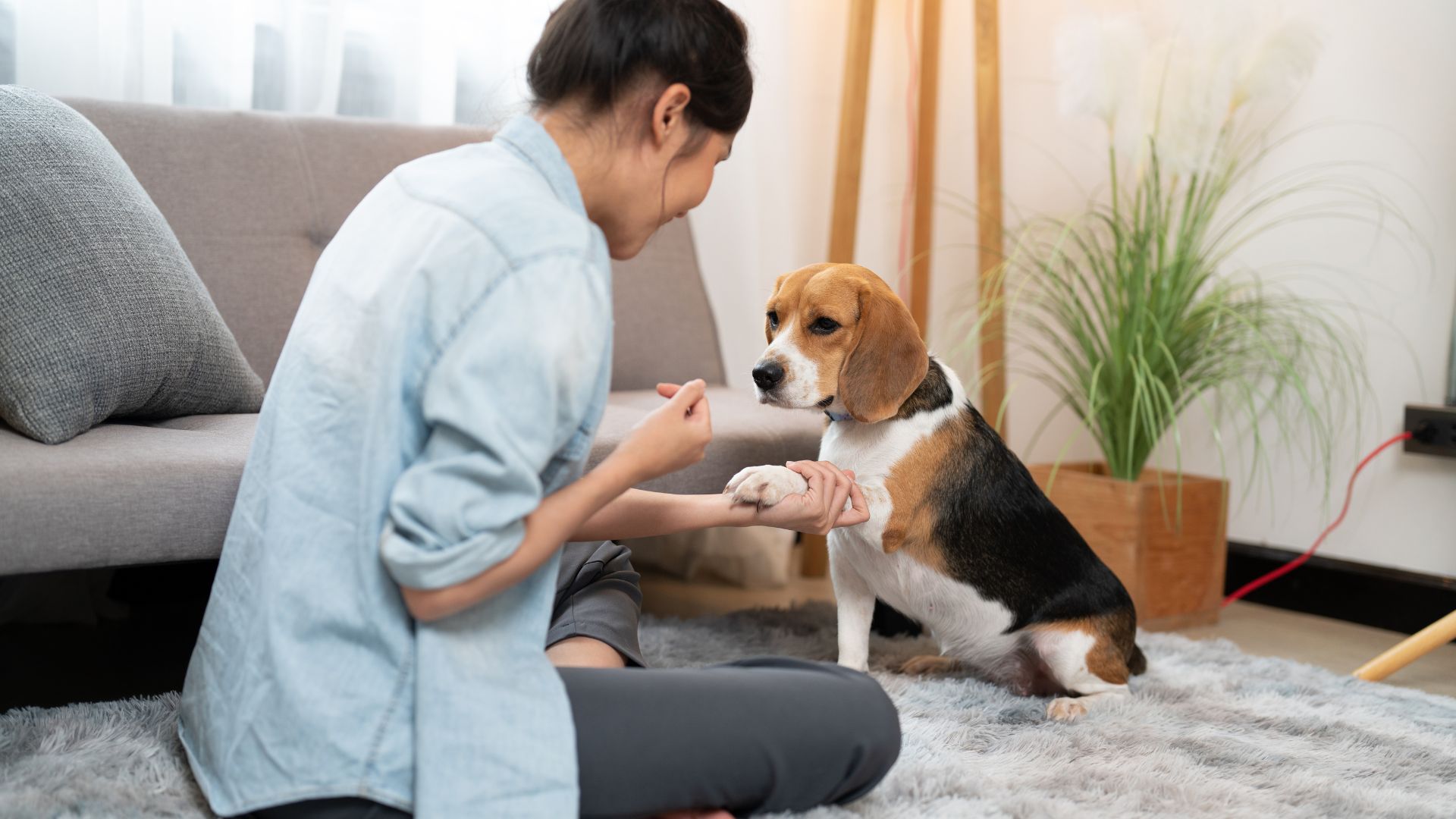
There's lots to think about when getting a new pooch — like choosing the best puppy toys, sourcing high-quality food, and kitting them out with a cozy bed. But you'll also want to start looking into a good training routine to set your pup up with the skills they need in life — like good dog walking etiquette and coping mechanisms that they can resort to under times of duress.
17. Stay calm yourself
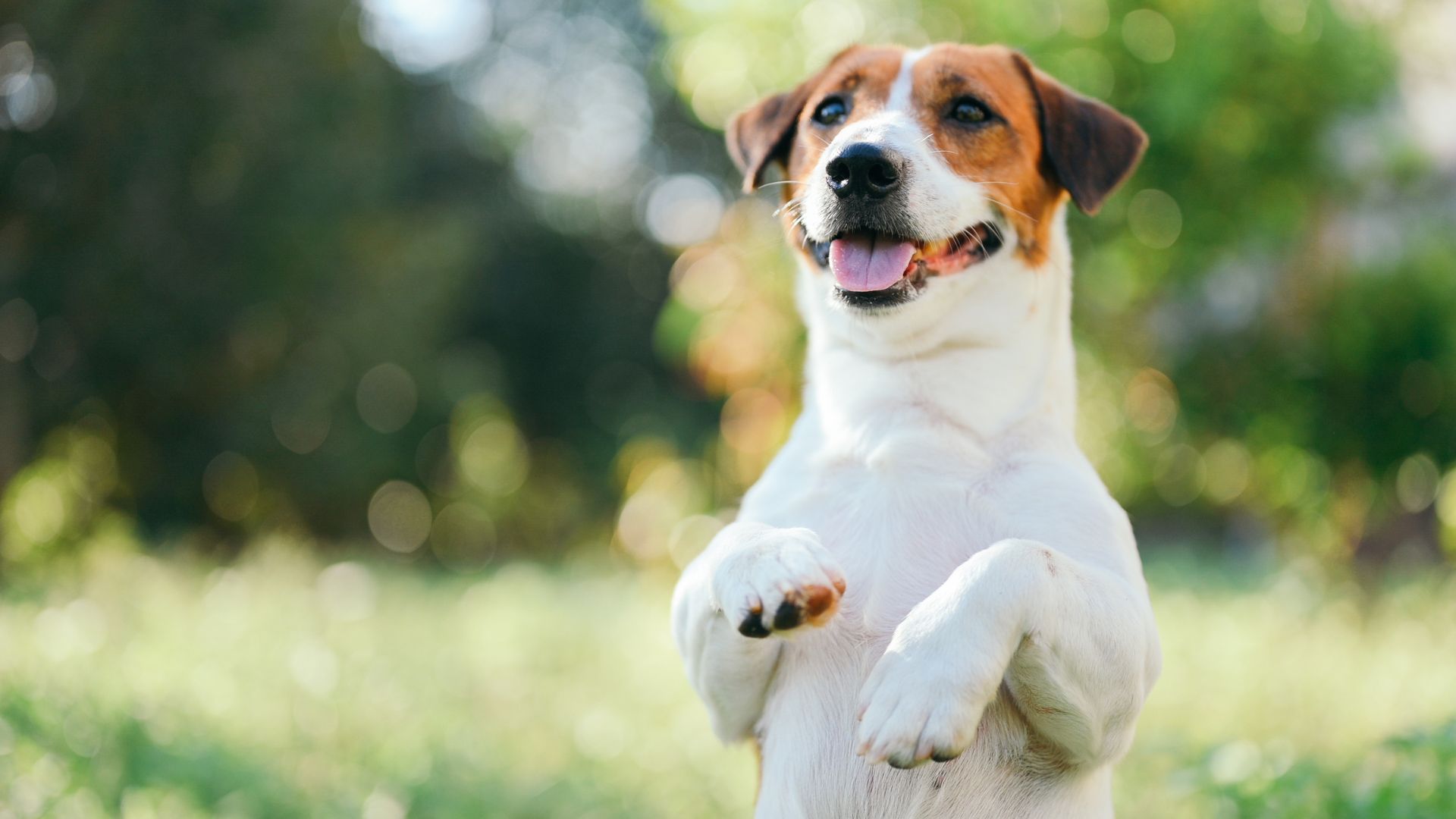
Dogs are clever beings. Our four-legged friends can read our emotions and body language. So the more panicked you get, the more worried your dog is likely to get. If they are showing signs of stress, try and stay as calm as possible to help them feel more comfortable and at ease.
18. Know the signs of stress

Pacing, destructive behavior, and accidents in the house are all warning signs your dog may be stressed. As are whale eyes in dogs (the term given when a dog shows the whites of the eyes), licking their lips and pinning their ears back. But if you’re aware of the stress signals, you’re in a better place to help diffuse the situation and manage it.
19. Identify triggers
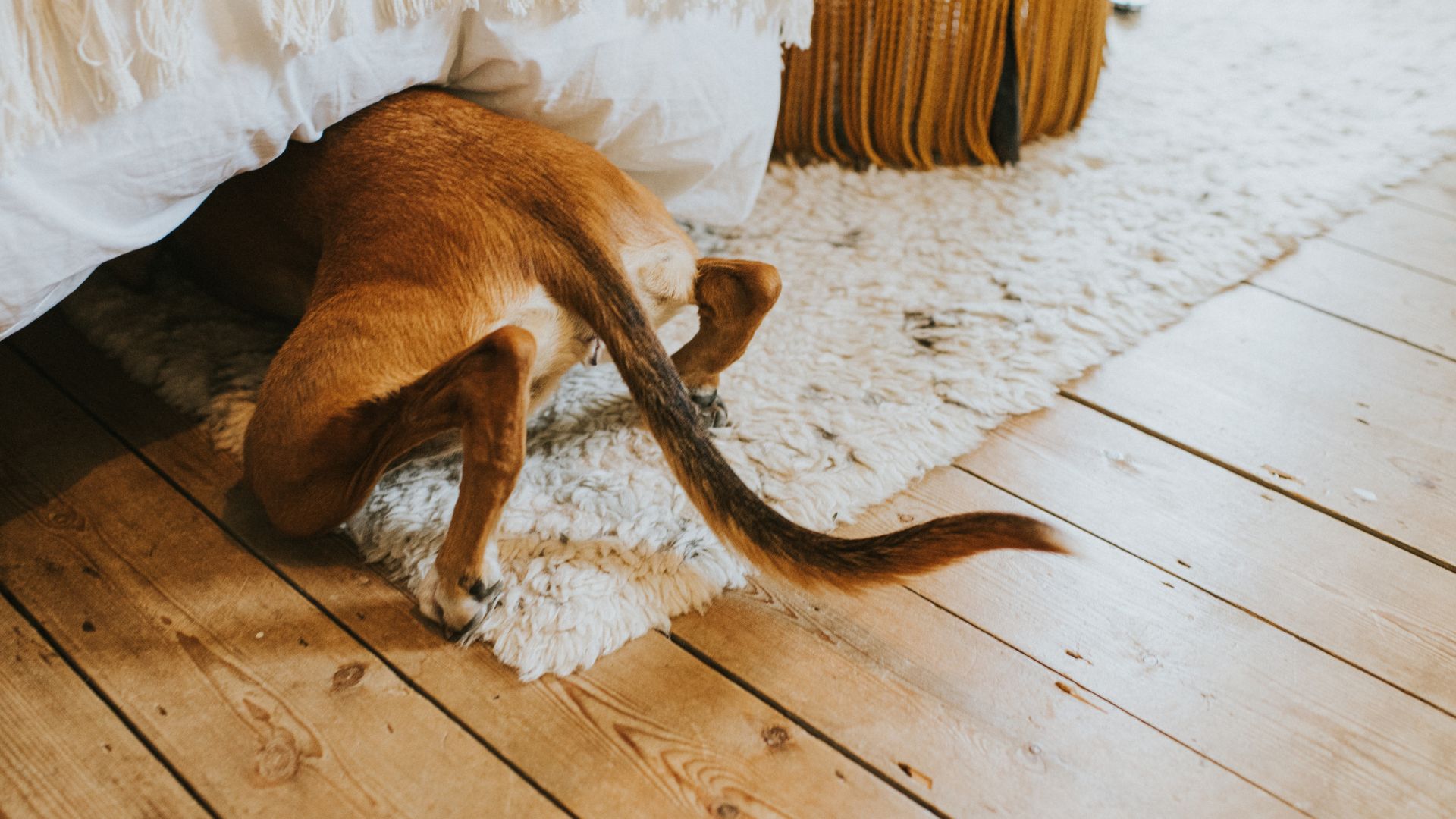
There could be many reasons why your dog is feeling anxious or stressed. For example, it could be loud noises, like fire workouts being let off, or the simple act of being in a strange place could cause their stress levels to rise.
Therefore, learning how to identify the triggers causing this state of panic is crucial to helping lower stress.
20. Teach children how to handle dogs
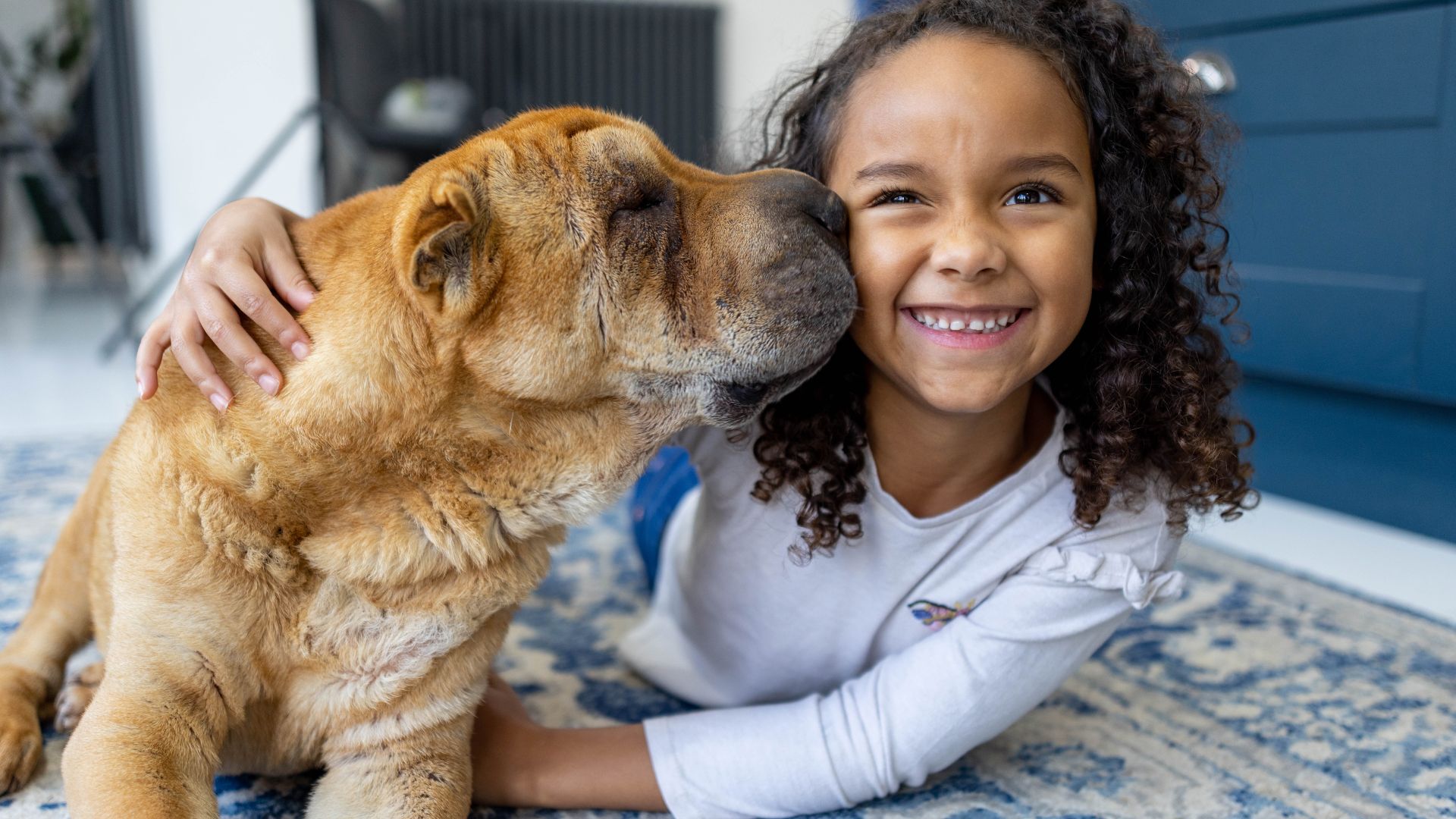
Some dogs may not know how to react to kids — and it makes sense when you think about it. Kids can make loud noises and sudden movements, and their unpredictable behavior may leave your dog not knowing where they stand. Your best bet? Teach your child how to handle dogs and how to pet them gently.
21. Play calming music

Ever noticed how music can help calm you down? Well, music can have the same calming effect on animals. That’s according to the Journal of Animals, which shows that classical music, like Beethoven, Mozart or Chopin, can help relax dogs in stressful situations.
22. Physical contact
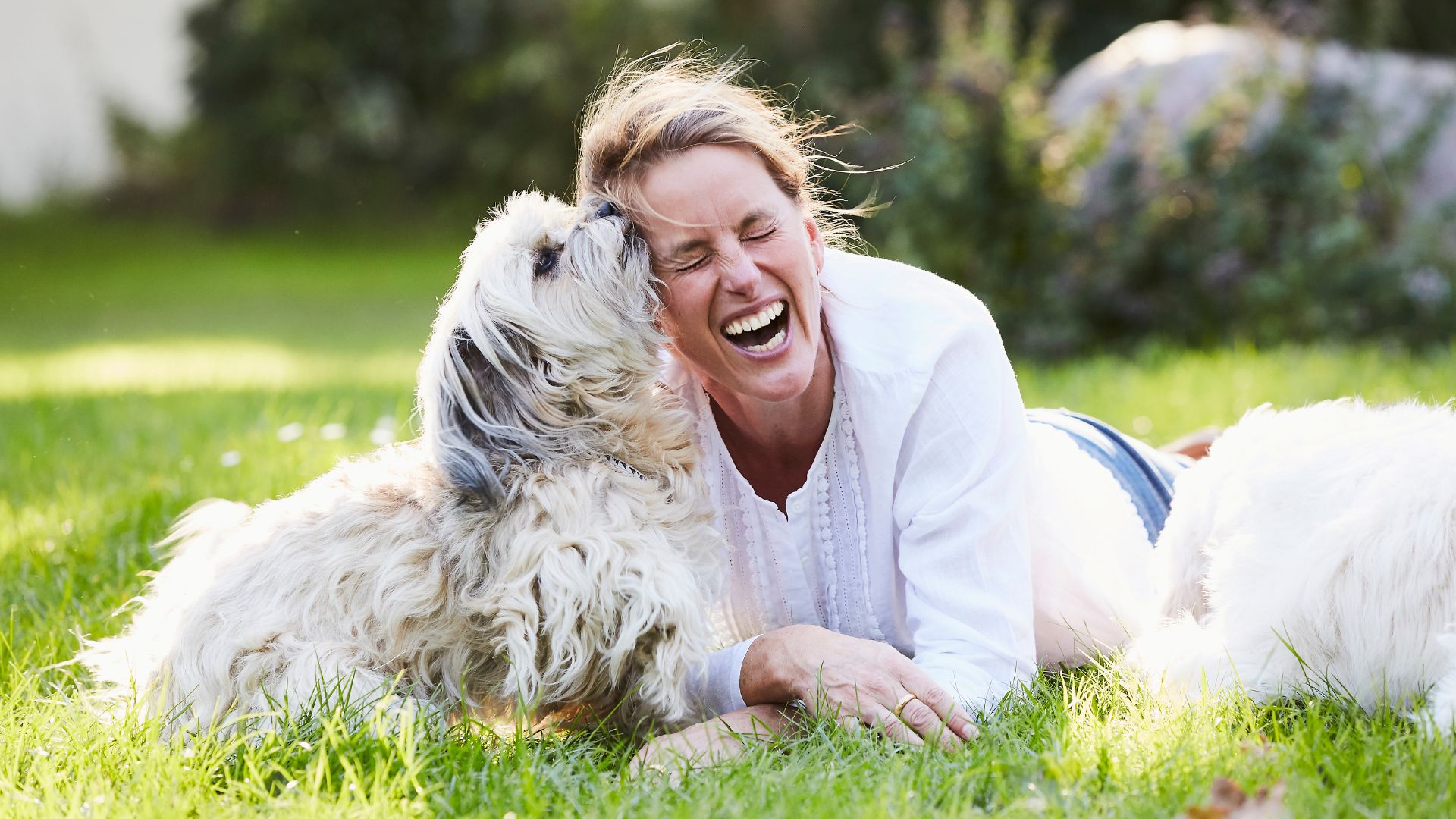
Just like us, dogs have their own love language. Meaning? Physical touch — like petting and grooming your dog — may put a massive smile on their face and help them feel more calm. But before you start petting your pooch, find out what love language your pet speaks so you can learn to speak it too.
23. Massage
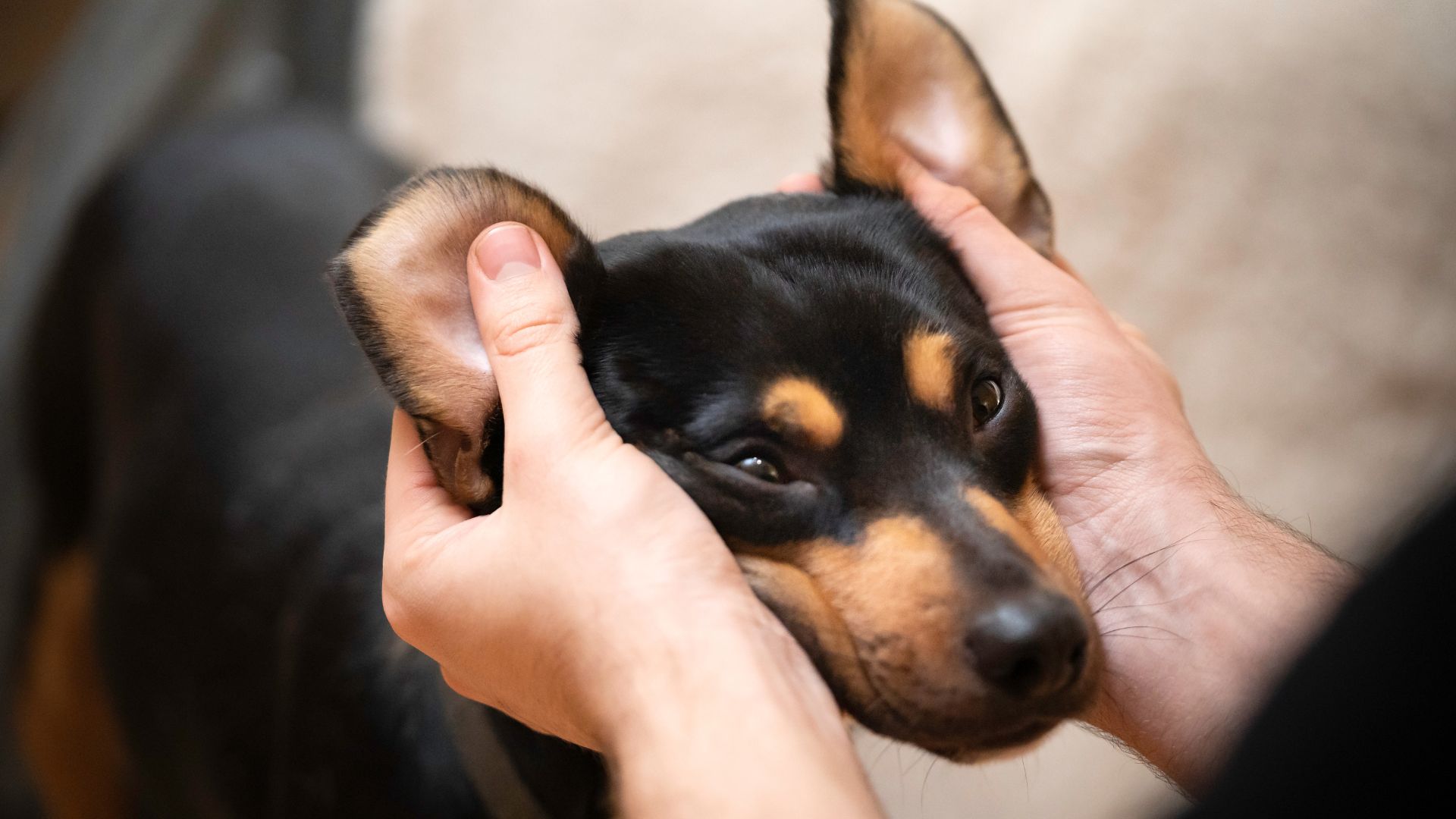
As it turns out, some dogs can enjoy a massage too. One research paper from the Massachusetts Veterinary Referral Hospital, found that if used correctly, massage can have beneficial effects on the muscles, circulation, nervous system, and mental wellbeing of dogs. Keen to learn how to massage a dog? Look this way.
24. Calming coats

More commonly known as a ThunderShirt, these natural calming solutions may help to reduce anxiety in dogs in a drug-free way. The idea is that these coats work like a ‘swaddle’, which is what we’d use to help a newborn feel more secure, calm, and safe. A calming coat is designed to fit around your dog’s torso and apply gentle, steady pressure which has a relaxing effect on your fur friend.
25. Try simple commands
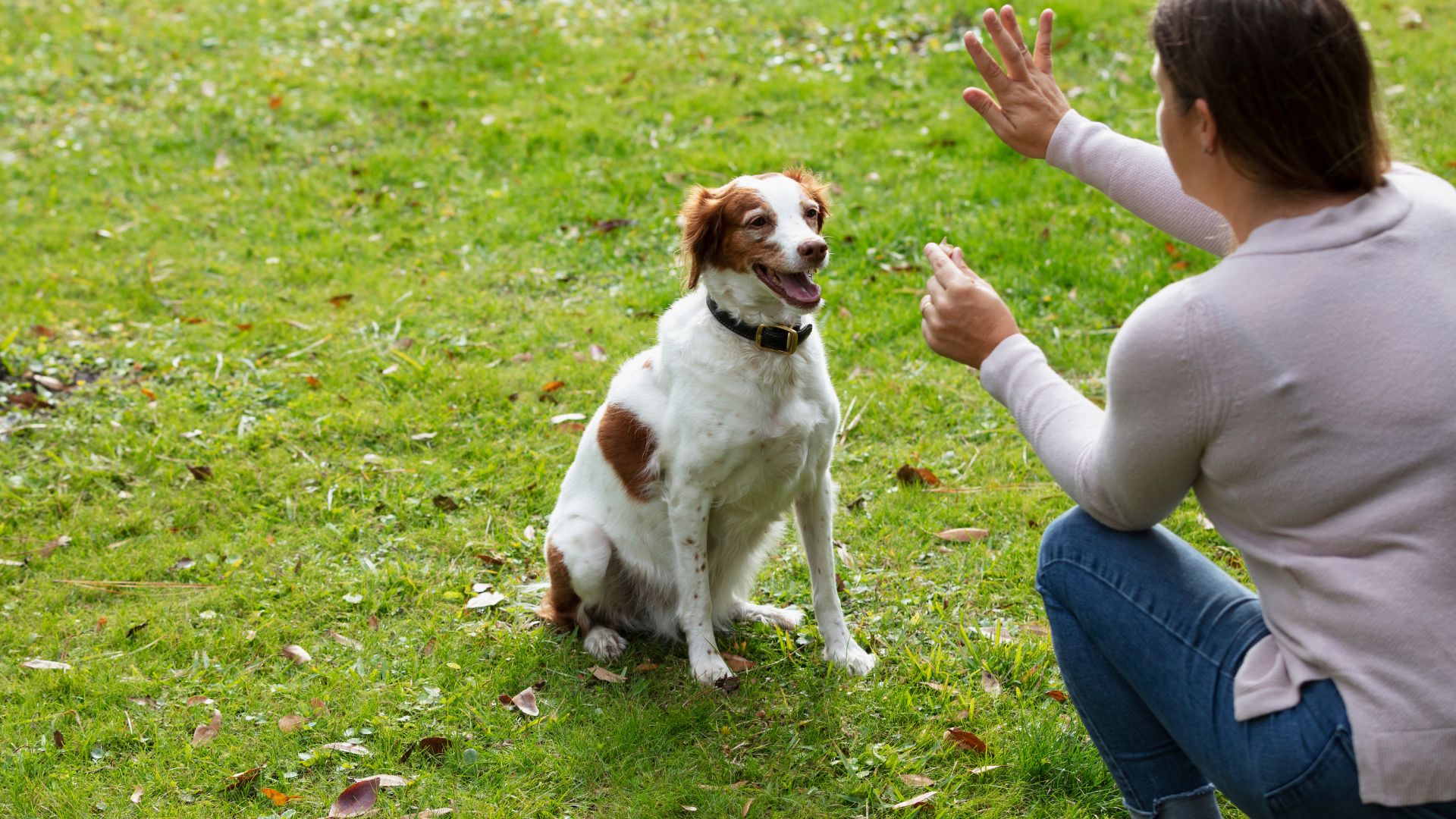
The best quick and easy tricks to teach your dog can help keep your pooch sharp, mentally stimulated, and physically fit. They can also help to divert their attention from the stressful situation they’re in. This is why, it’s a good idea to have a few simple commands — like sit, roll over, or fetch — up your sleeve.
26. Be conscious of your body language
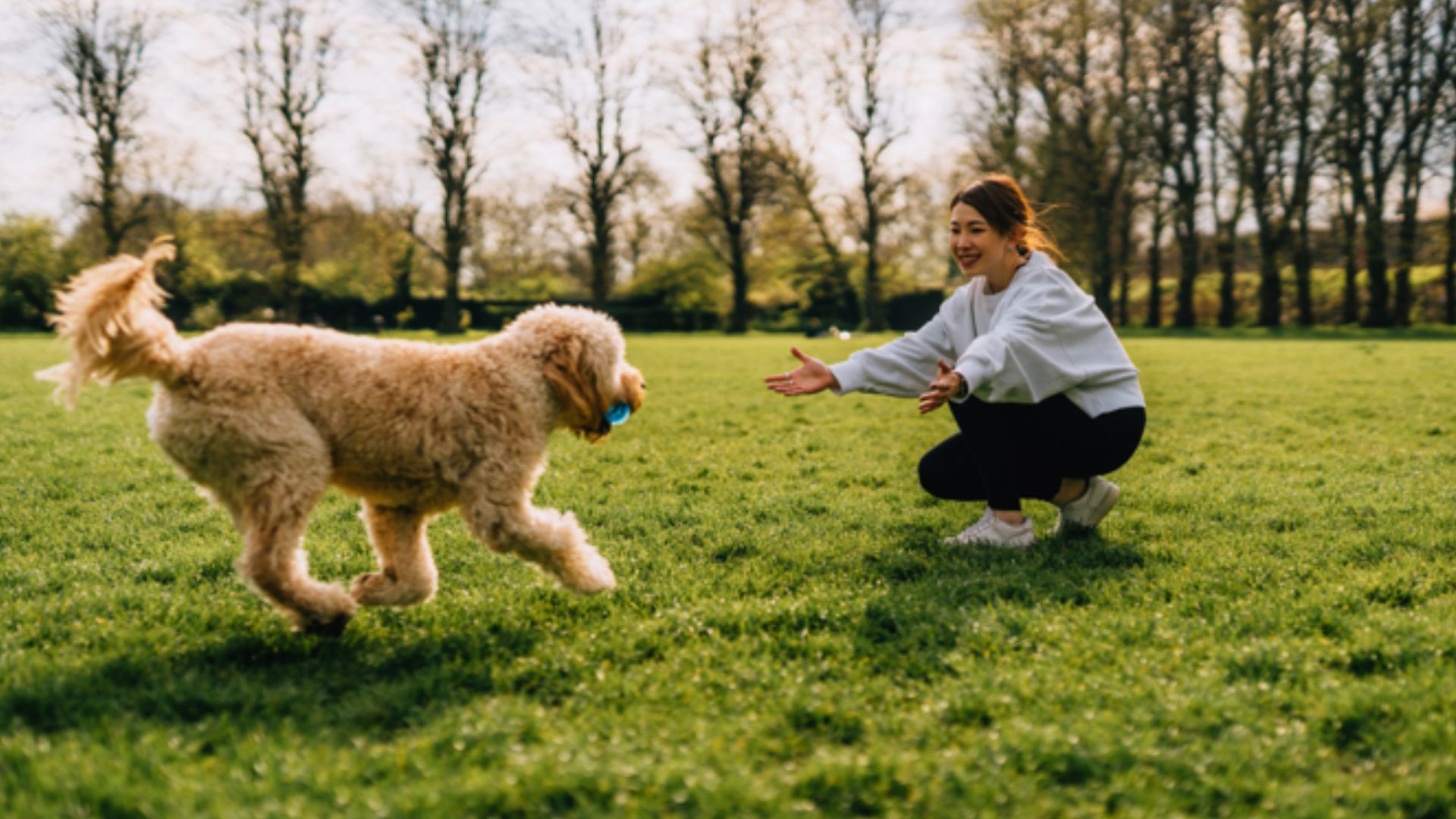
You might be questioning if your dog is one of the most intelligent breeds in the world? And we’re here to say pretty much all dogs are intelligent. So much so, that your dog can read your body language and pick up on even the most subtle of cues. So, if you’re feeling nervous about your dog feeling stressed, try to diffuse the situation and exude the picture of cool, calm, and collected.
27. Work on desensitization
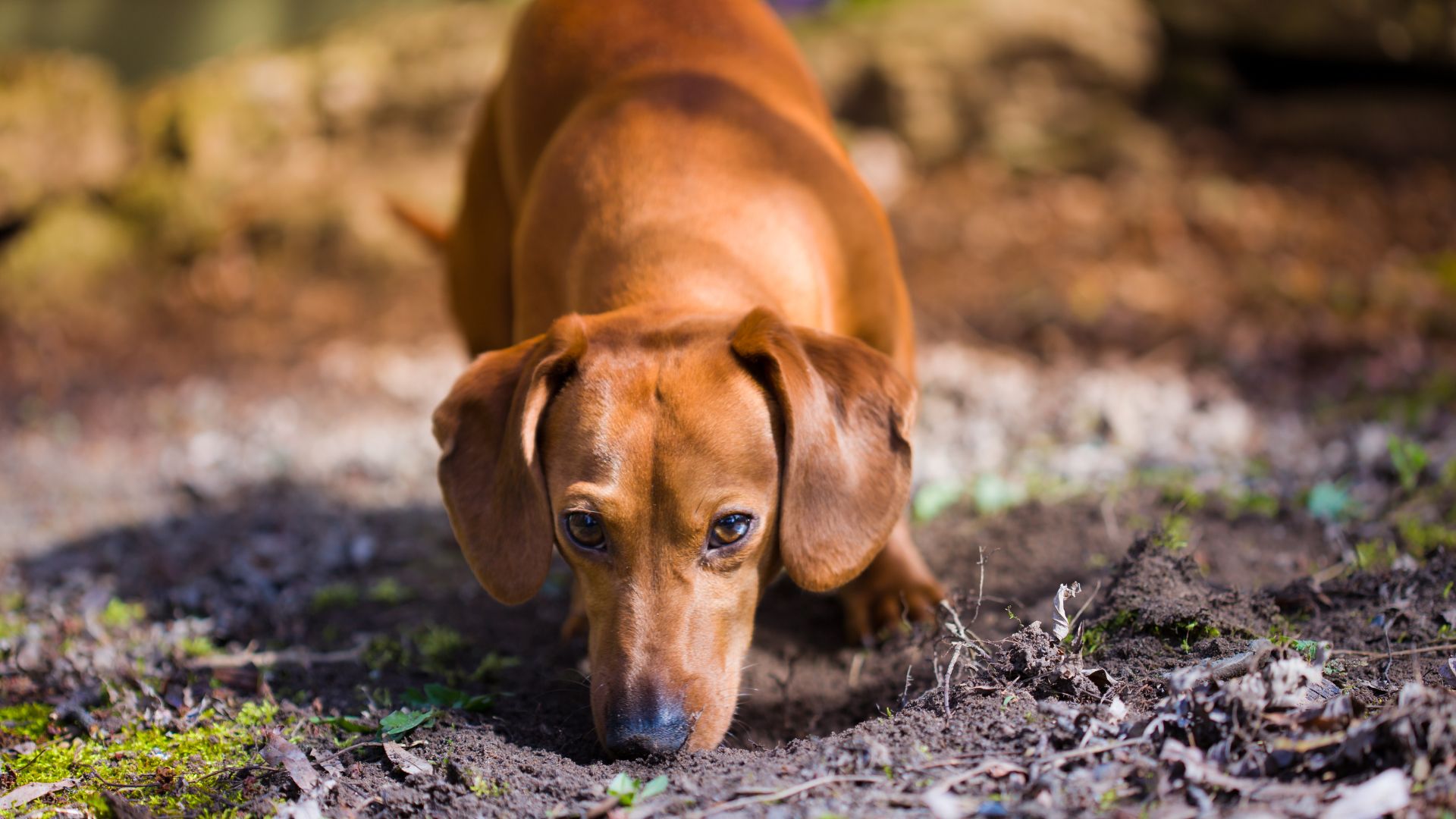
Wondering, what desensitization for dogs means? Essentially, this is a powerful tool used in dog training and behavior modification to help canine companions overcome any fears and anxieties they have. This tool aims to gradually expose our fur friends to these triggers in a controlled and positive way, allowing them to build confidence and develop a more relaxed response.
28. Security blankets

A dog’s sleep position can tell a lot about how they’re feeling. So if you’ve noticed you’ve got a dog who’s always trying to sleep under the covers of your bed, you may have a ‘burrower’ on your hands who needs some extra TLC. To help bring a sense of comfort and security, be sure to have their favorite clothes, blankets, and pillows available around the clock.
29. Dog appeasing pheromones
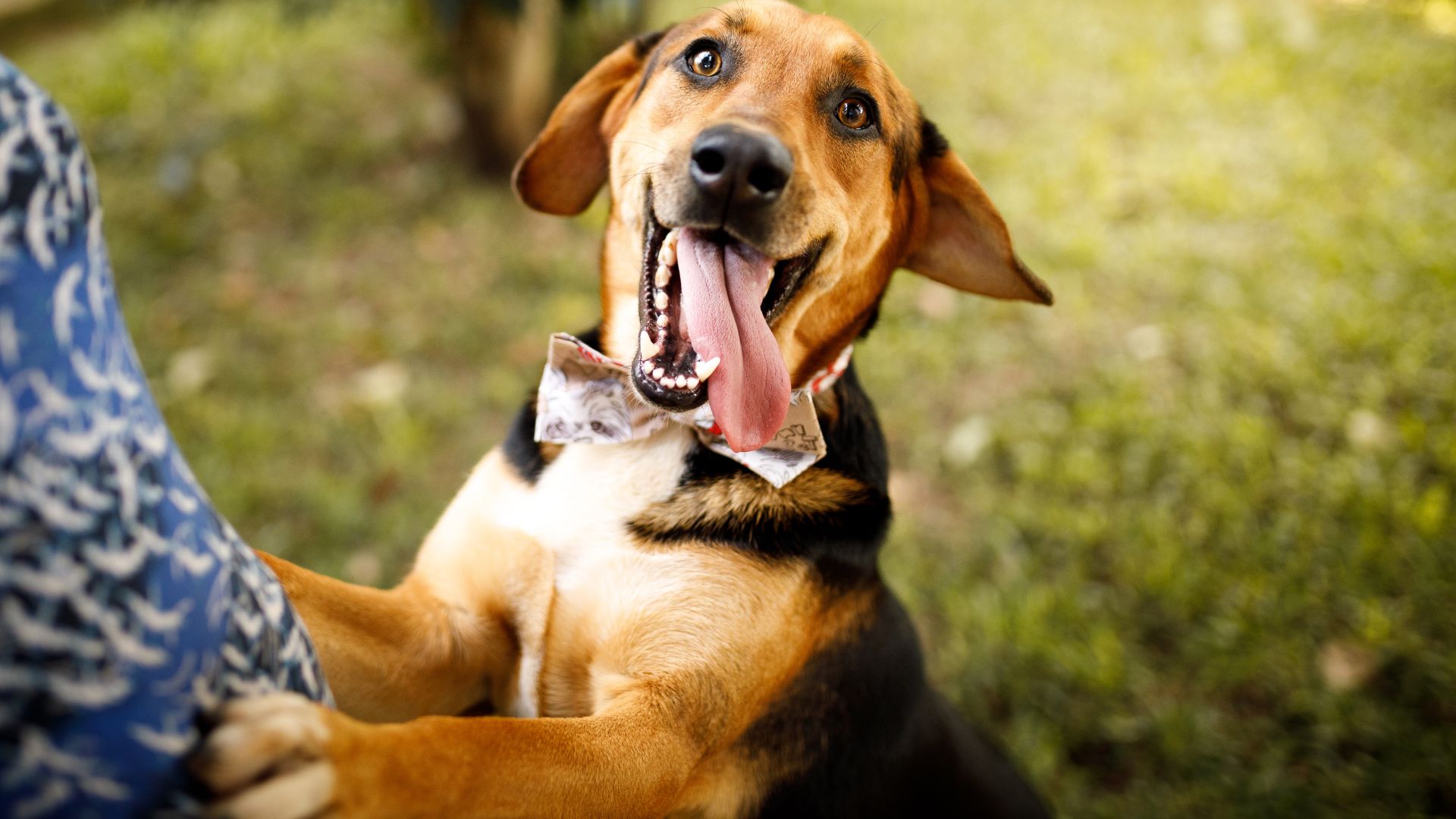
Heard of pheromones? Pheromones are chemical signals that some animals use to communicate with each other — but it’s possible to buy synthetic pheromones which, according to the Canadian Veterinary Journal, can help calm dogs. These are available in the form of collars, plug-in diffusers, and wet wipes which can help reduce your dog's anxiety and stress levels.
30. Be supportive
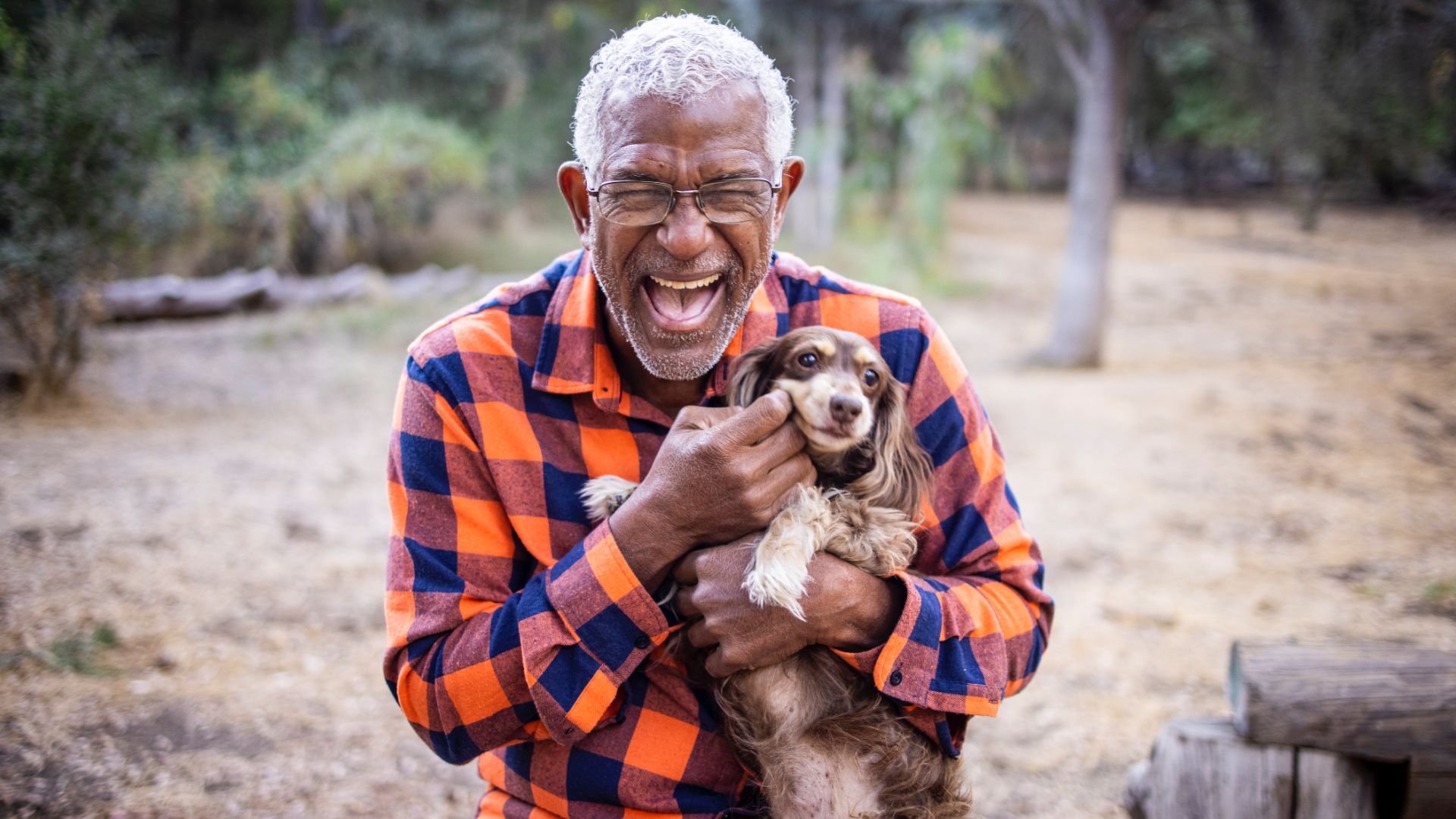
One way to deal with anxiety in dogs? By letting your fur friend know that they’ve got a friend in you by showing your support. Maybe you’ve noticed them retreating or running away. Perhaps they are soiling the house? Or has your pooch become extra clingy? Whatever behaviors your dog is exhibiting, just make sure you are there to lend a helping hand.
31. Try aromatherapy
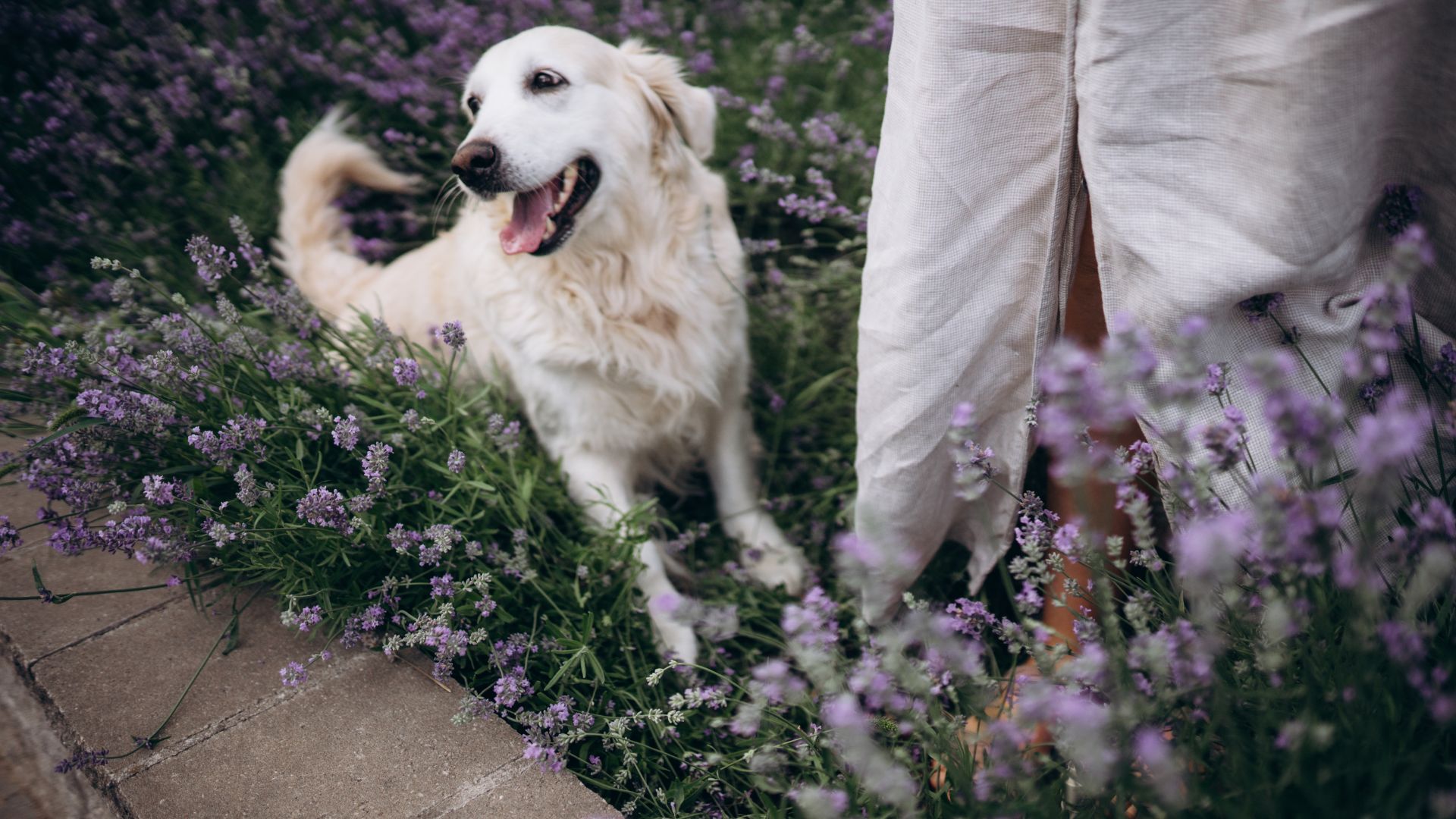
If you’re looking for another natural remedy, why not try dog-friendly aromatherapy? As is the case for humans, aromatherapy works by targeting specific receptors in the body to induce a sense of tranquility — and aromatherapy for fur friends is no different. Dog-friendly scents include lavender, chamomile, or peppermint — just remember to dilute according to veterinary recommendations.
32. Consider anxiety medication
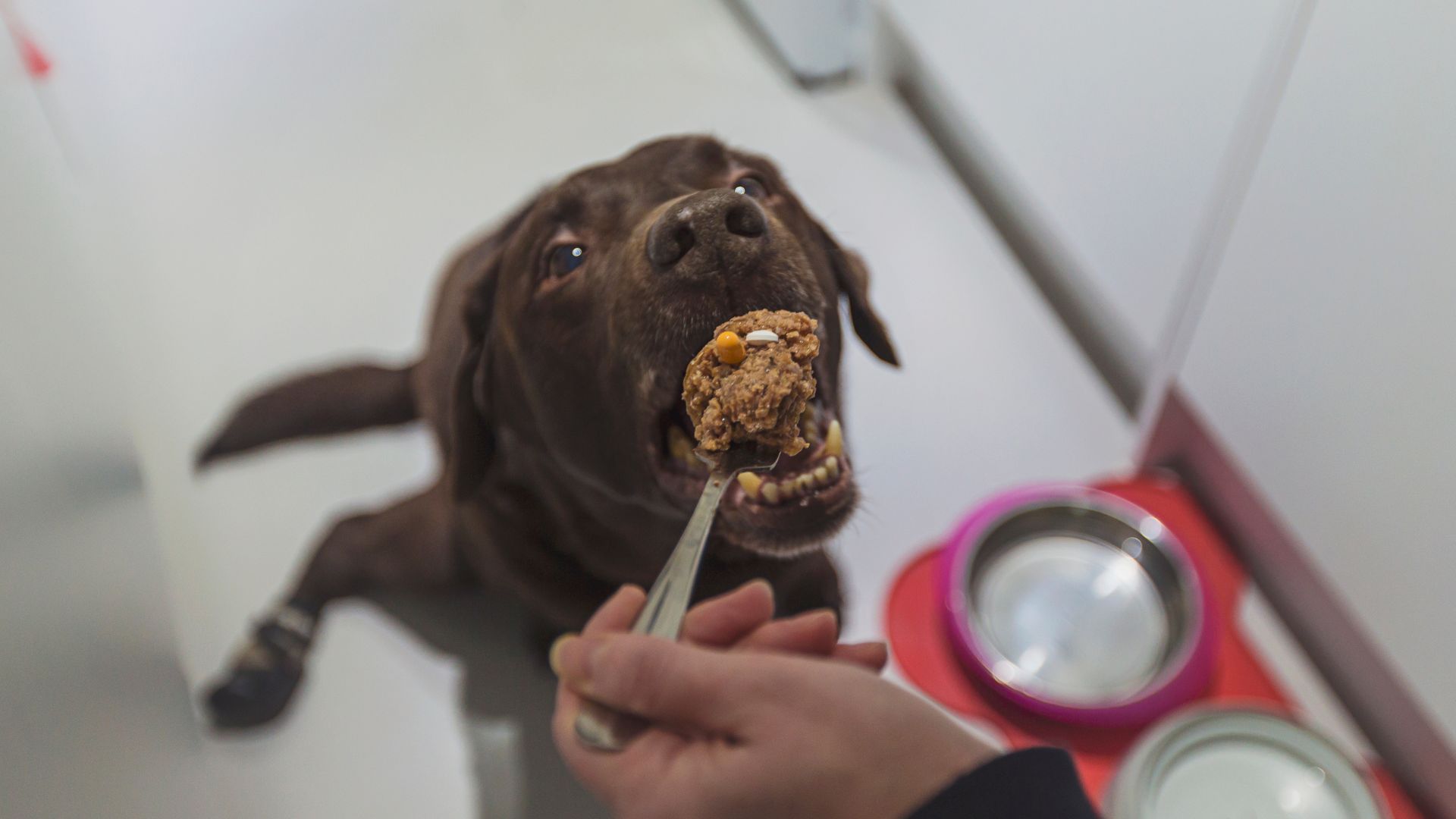
Of course, medication won’t be right for any and every dog. But if all else has failed, and your perfect pooch is still feeling anxious, you could consider anti-anxiety medication, which works to treat the anxiety and calm your dog down.
You can get prescription medication from your vets, and several over-the-counter type medications based on appeasing pheromones which, according to research, have been proven to help. However, we would always recommend speaking to your vet before purchasing. They can help guide you and talk you through the right options for your dog.







